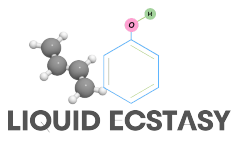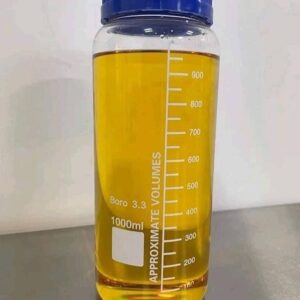Carfentanil
Carfentanil is a synthetic opioid approximately 10,000 times more potent than morphine and 100 times
more potent than fentanyl. The presence of carfentanil in illicit U.S. drug markets is cause for concern, as
the relative strength of this drug could lead to an increase in overdoses and overdose-related deaths, even
among opioid-tolerant users. The presence of carfentanil poses a significant threat to first responders and
law enforcement personnel who may come in contact with this substance. In any situation where any
fentanyl-related substance, such as carfentanil, might be present, law enforcement should
carefully follow safety protocols to avoid accidental exposure.
Officer & Public Safety Information
Carfentanil and other fentanyl analogues present a serious risk to public safety, first responder, medical,
treatment, and laboratory personnel. These substances can come in several forms, including powder,
blotter paper, tablets, patch, and spray. Some forms can be absorbed through the skin or accidentally
inhaled. If encountered, responding personnel should do the following based on the specific situation:
Exercise extreme caution. Only properly trained and outfitted law enforcement professionals
should handle any substance suspected to contain fentanyl or a fentanyl-related compound. If
encountered, contact the appropriate officials within your agency.
Be aware of any sign of exposure. Symptoms include: respiratory depression or arrest,
drowsiness, disorientation, sedation, pinpoint pupils, and clammy skin. The onset of these symptoms
usually occurs within minutes of exposure.
Seek IMMEDIATE medical attention. Carfentanil and other fentanyl-related substances can work
very quickly, so in cases of suspected exposure, it is important to call EMS immediately. If inhaled,
move the victim to fresh air. If ingested and the victim is conscious, wash out the victim’s eyes and
mouth with cool water.
Be ready to administer naloxone in the event of exposure. Naloxone is an antidote for opioid
overdose. Immediately administering naloxone can reverse an overdose of carfentanil, fentanyl, or
other opioids, although multiple doses of naloxone may be required. Continue to administer a dose
of naloxone every 2-3 minutes until the individual is breathing on his/her own for at least 15 minutes
or until EMS arrives.
Remember that carfentanil can resemble powdered cocaine or heroin. If you suspect the
presence of carfentanil or any synthetic opioid, do not take samples or otherwise disturb the
substance, as this could lead to accidental exp





Reviews
There are no reviews yet.